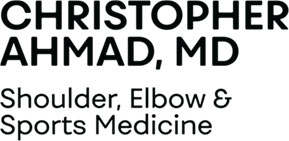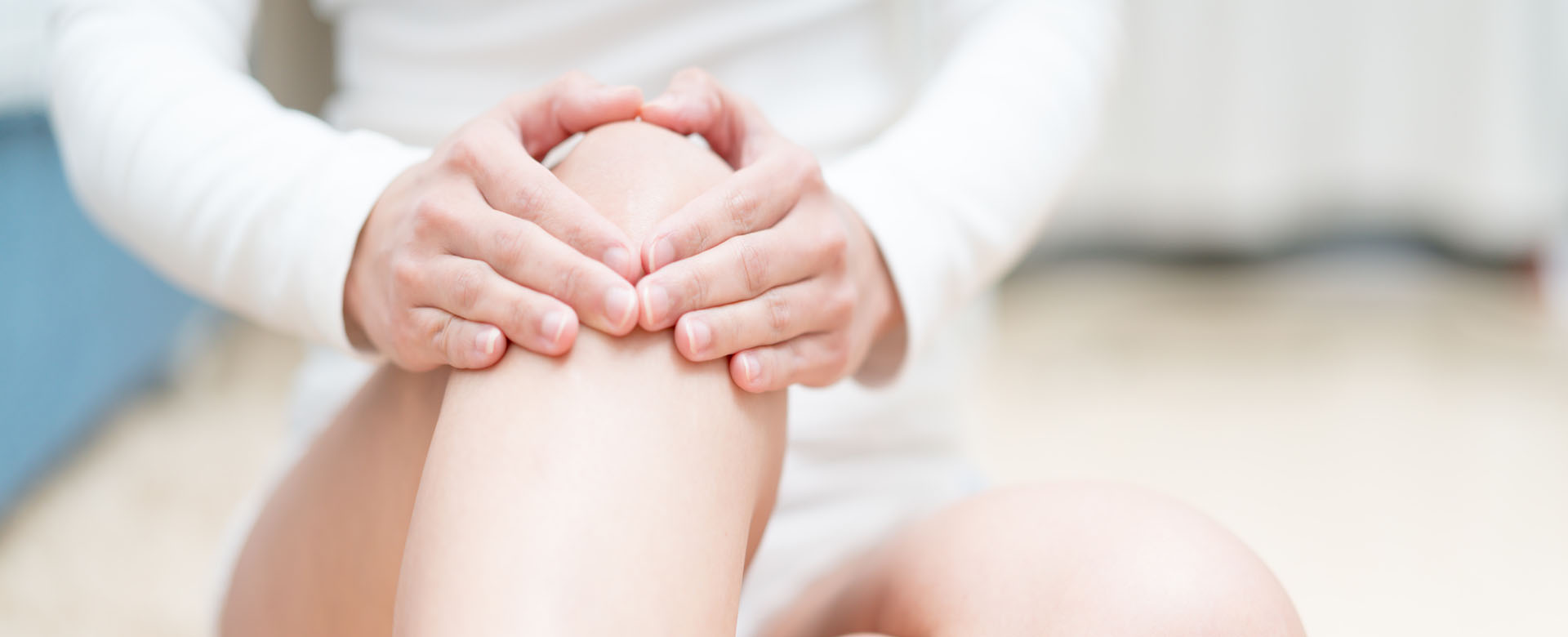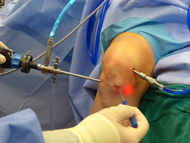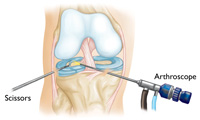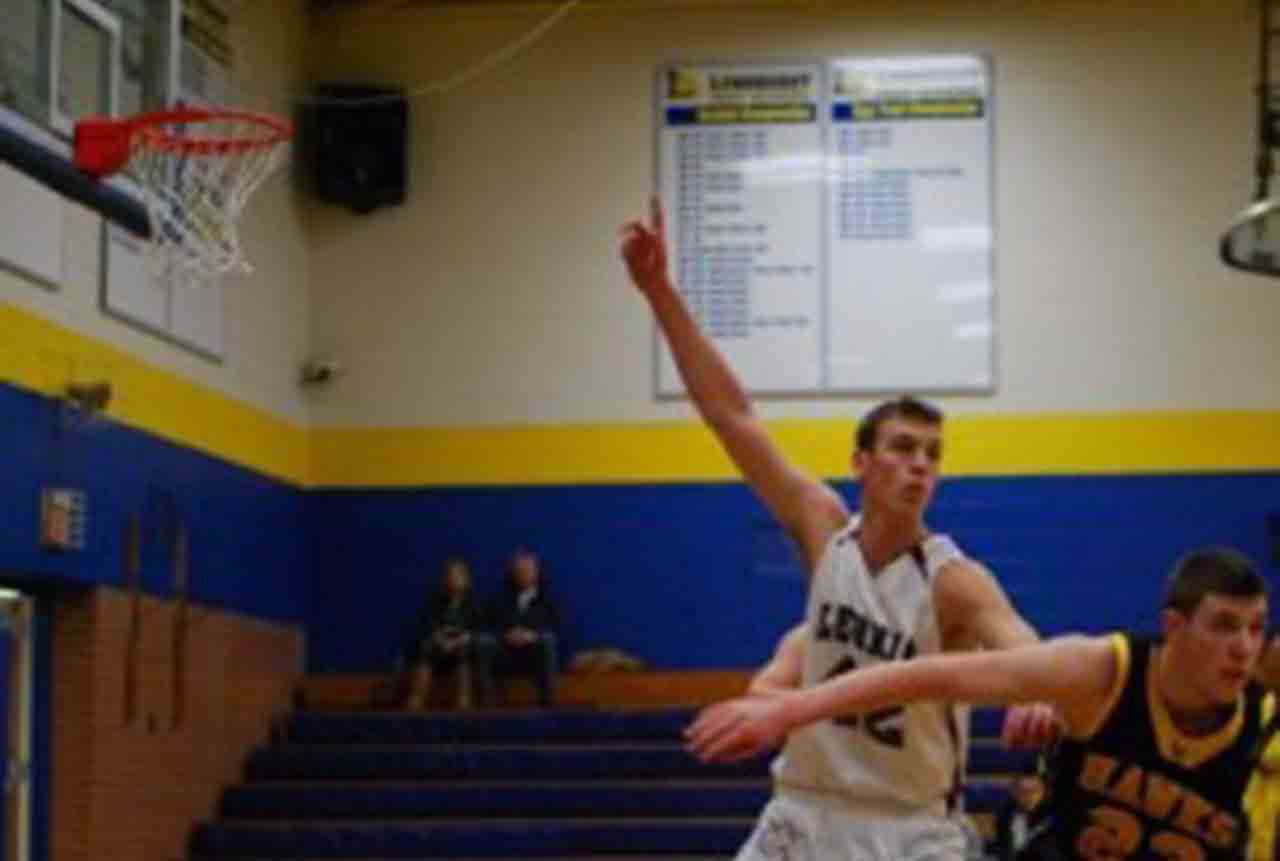Overview
Meniscus Tears (Torn Cartilage)
A torn meniscus is among the most common knee injuries experienced by athletes. In addition, you don’t have to be an athlete to suffer a torn meniscus—anyone, at any age can injure or tear a meniscus.
Your Meniscus is: Made of two wedge-shaped pieces of tough and rubbery cartilage that act as “shock absorbers” between your thighbone (femur) and shinbone (tibia).
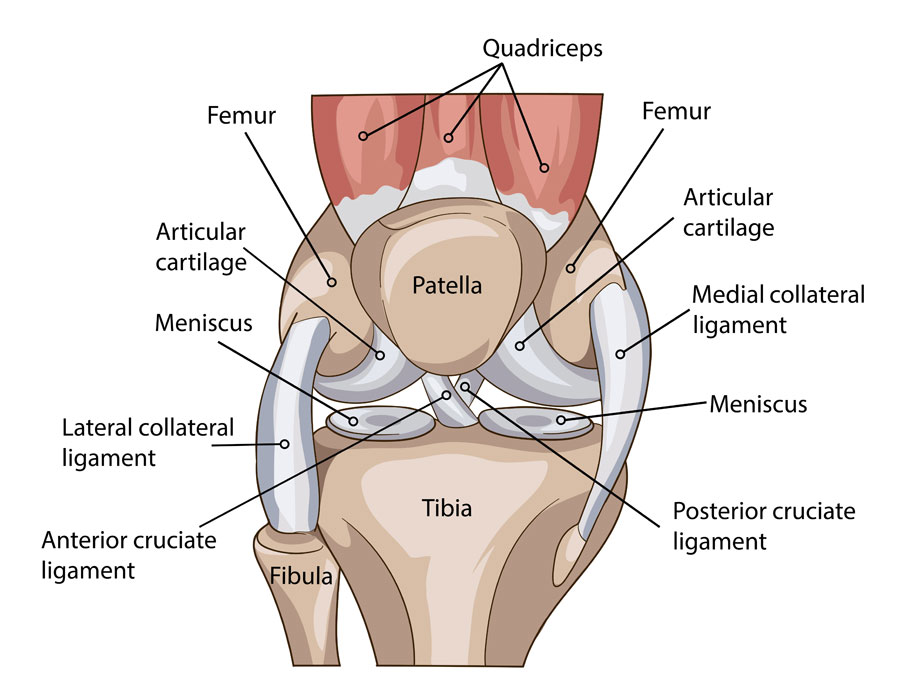
The Facts on Meniscus Tears:
- There are several types of Meniscus tears:
- Bucket handle tear: A complete tear of the meniscus’ inner rim that moves into the center of the knee from the periphery.
- Flap or “Parrot beak” tear : A flap or “parrot beak” meniscal tear is when the tendon remains connected in one plane, and displaced in the other. On scan images this type of tear is curved like a crescent, hence the name “parrot’s beak” tear.
- Radial tear: A tear across the meniscal circumference.
- Sports are the most common cause of meniscus tears, with actions such as twisting the knee or being tackled contributing to injury occurrence.
- Older patients are vulnerable to degenerative meniscus tears—tears that result from weakened cartilage and general wear over time.
Symptoms:
The following symptoms are commonly reported by patients with a torn meniscus:
- A “pop” sound at the time of injury
- Pain
- Stiffness and swelling
- Catching or locking of your knee
- The sensation of your knee “giving way”
- You are not able to move your knee through its full range of motion
Without treatment, a piece of meniscus may come loose and drift into the joint. This can cause your knee to slip, pop, or lock.
Evaluation by Team Ahmad
Dr. Ahmad and his team of health professionals will greet you and start your visit with a discussion of your symptoms, sport, level of competition, or desired activity level. Next, the doctor will exam your knee, focusing on:
- Your knee’s range of motion
- Tenderness surrounding your knee
- Identification of a clicking sound during regular range of motion
Imaging Tests
Because other knee problems cause similar symptoms, Dr. Ahmad may order imaging tests to help confirm the diagnosis.
X-rays: Although x-rays do not show meniscus tears, they may show other causes of knee pain, such as osteoarthritis.
Magnetic resonance imaging (MRI): This scan can create better images of the soft tissues of your knee joint, like a meniscus.
Treatment Options
Dr. Ahmad will recommend treatment based on
- Your activity level
- Timing during your sport’s season
- The type of tear you have and its size
- Location of pain, swelling, and tenderness
Non-surgical
If your tear is small and on the outer edge of your meniscus, you may not require surgery.
As long as your symptoms do not persist and your knee is stable, non-surgical treatment may be all you need.
Red Zone Vs. White Zone
The outside third of the meniscus has a rich blood supply, meaning a small tear in this “red” zone may heal on its own, or can often be successfully repaired with surgery.
The inner two-thirds of the meniscus lack this beneficial blood supply and without the necessary nutrients, tears in this “white” zone cannot heal. Because the pieces cannot grow back together, tears in this zone are usually surgically trimmed away.
RICE Protocal
The RICE (Rest, Ice, Compression, and Elevation) protocol is effective for most sports-related injuries and entails:
- Rest: To heal you’ll need to take a break from the activity that caused the injury.
- Ice: Use cold packs for 20 minutes at a time, several times a day. Do not apply ice directly to the skin.
- Compression: To prevent additional swelling and blood loss, wear an elastic compression bandage.
- Elevation: To reduce swelling, recline when you rest, and put your leg up higher than your heart.
- Non-steroidal anti-inflammatory medicines: Medication like aspirin and ibuprofen reduce pain and swelling.
Surgical
If your symptoms persist with non-surgical treatment, Dr. Ahmad may suggest arthroscopic surgery.
- Knee arthroscopy: One of the most commonly performed surgical procedures, includes inserting a miniature camera into the knee through a small incision. This provides a clear view of the inside of the knee, which Dr. Ahmad uses to insert surgical instruments through to trim or repair your tear.
- Partial meniscectomy. In this procedure, the damaged meniscus tissue is trimmed away.
- Meniscus repair: Some meniscus tears can be repaired by suturing (stitching) the torn pieces together. Whether a tear can be successfully treated with repair depends upon the type of tear, as well as the overall condition of the injured meniscus. Because the meniscus must heal back together, recovery time for a repair is much longer than from a meniscectomy.
Rehabilitation and Recovery
After your surgery, you will need to spend the next several months recovering so that your injury heals appropriately. This post-surgery period of recovery is commonly referred to as Rehabilitation or rehab.
Meniscus tears are extremely common—with proper diagnosis, treatment, and rehabilitation, you can return to your normal self!
Rehabilitation: If you have had a meniscus repair procedure, you will need to
- Use crutches for about a month to keep weight off of your knee
- Strengthen your knee through rehabilitation exercises
- Continue to strengthen and restore mobility to your knee through regular exercise. You will start with exercises to improve your range of motion, with strengthening exercises being added gradually
Rehabilitation time for:
- A meniscus repair is about 3-6 months.
- A partial meniscectomy is approximately 3 to 4 weeks.
Dr. Ahmad’s Experience
Dr. Ahmad is nationally recognized expert in knee meniscus repair surgery and has designed and studied the optimal methods to repair meniscal tears. His undergraduate training in mechanical engineering has allowed him to research meniscal repair and understand what state of the art surgical techniques are best to offer his patients. Dr. Ahmad has performed more than 1000 knee meniscus surgical procedures all types of patients from professional baseball catchers, collegiate wrestlers, to recreational golfers.
Accordion Title
Defense Committee for Xiaoning Yuan “Engineering the cell environment for meniscus repair: from micro- to macro-scale”, Doctor of Philosophy in the Graduate School of Arts and Sciences, Columbia University
- Mehta P, Brafman RT, Ahmad, CS: Evaluation and Management of Discoid Meniscus, American Academy of Orthopaedic Surgeons Monograph Series. Management of Common Sports Injuries in Pediatric and Adolescent Patients: Ahmad CS, Editor: American Academy of Orthopaedic Surgeons, Illinois, 2010
- David P. Trofa MD, Robert L. Parisien MD, Manish Suresh Noticewala MD, Peter C. Noback BA, Christopher S. Ahmad MD, William N. Levine MD, Vasilios Moutzouros MD, Eric C. Makhni MD, Poster Presentation: Quality and Variability of Online Physical Therapy Protocaols for Isolated Meniscal Repairs, AOSSM Annual Meeting, Toronto, ON, July 2017.
